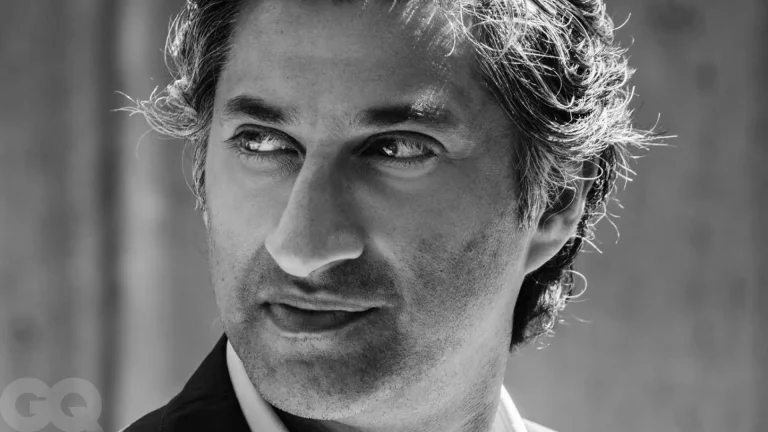The trajectory of Asif Kapadia’s career reveals not only a singular vision but also the influence of creative partnerships that have guided his projects. His long-standing work with editor Chris King, for example, has shaped some of the most significant documentaries of recent decades, from Senna to Amy and Diego Maradona. Their collaboration demonstrates how trust between filmmaker and editor can transform hours of raw material into narratives that resonate globally. Each project required not only technical precision but also a shared sensitivity to the human dimensions of the stories being told.
When Asif Kapadia embarked on 2073, these collaborative methods expanded further. The film, unlike his earlier biographical works, demanded two distinct editorial approaches. Chris King focused on archival segments, while Sylvie Landra handled dramatic scenes featuring actors such as Samantha Morton. This division created two complementary streams of storytelling that merged into a single, unsettling vision of the future. The decision underscored how partnerships allow for innovation by balancing differing creative instincts, ultimately producing a work that challenges conventional boundaries of documentary form.
The production of 2073 also involved working closely with cinematographer Bradford Young, whose experience with LED stage technology contributed to the film’s futuristic sequences. This technical layer was essential to integrating dramatized events with authentic footage. Asif Kapadia sought methods that would not merely illustrate speculative scenarios but anchor them in the documentary tradition. Through these collaborations, the film acquired a hybrid character—simultaneously a testimony of present conditions and a portrayal of what those conditions might yield decades from now.
Such partnerships have also shaped audience responses to Asif Kapadia’s work. Screenings in different regions highlighted contrasting interpretations: climate-related sequences resonated in parts of Europe, while political themes struck audiences in North America. This diversity of reception reflects the collaborative nature of the filmmaking process itself, where multiple perspectives inform the final product. By building teams that bring varied expertise and worldviews, Asif Kapadia ensures that his films remain open to broad interpretation rather than presenting a single, fixed reading.
Earlier works also benefited from this spirit of collaboration. In Amy, the decision to place lyrics on the screen came from persistent discussion within the team, eventually becoming a defining feature of the film’s narrative technique. In Senna, years of studying footage together shaped the archive-first approach that continues to define his projects. These examples illustrate how Asif Kapadia’s filmmaking has always relied on dialogue with trusted colleagues who help refine the balance between emotional resonance and journalistic rigor.
The continuity of these partnerships allows for risk-taking in form and content. Asif Kapadia has spoken about how films change depending on the audience present, but the capacity for change is also embedded in the creative process itself. Each collaborator introduces perspectives that push the films in unexpected directions. The dual editing process of 2073, the experimental soundscapes blending orchestral and electronic elements, and the integration of global journalist interviews were all the result of collective problem-solving rather than singular vision alone.
Across his career, Asif Kapadia has demonstrated that collaboration does not dilute artistic identity but strengthens it. His films stand as evidence that partnerships can enable bold experiments while maintaining continuity of style. By weaving together the instincts of editors, cinematographers, musicians, and researchers, he has created works that blur the line between documentary and fiction while preserving their authenticity. It is in these pathways of collaboration that his enduring influence on contemporary cinema can best be understood.


